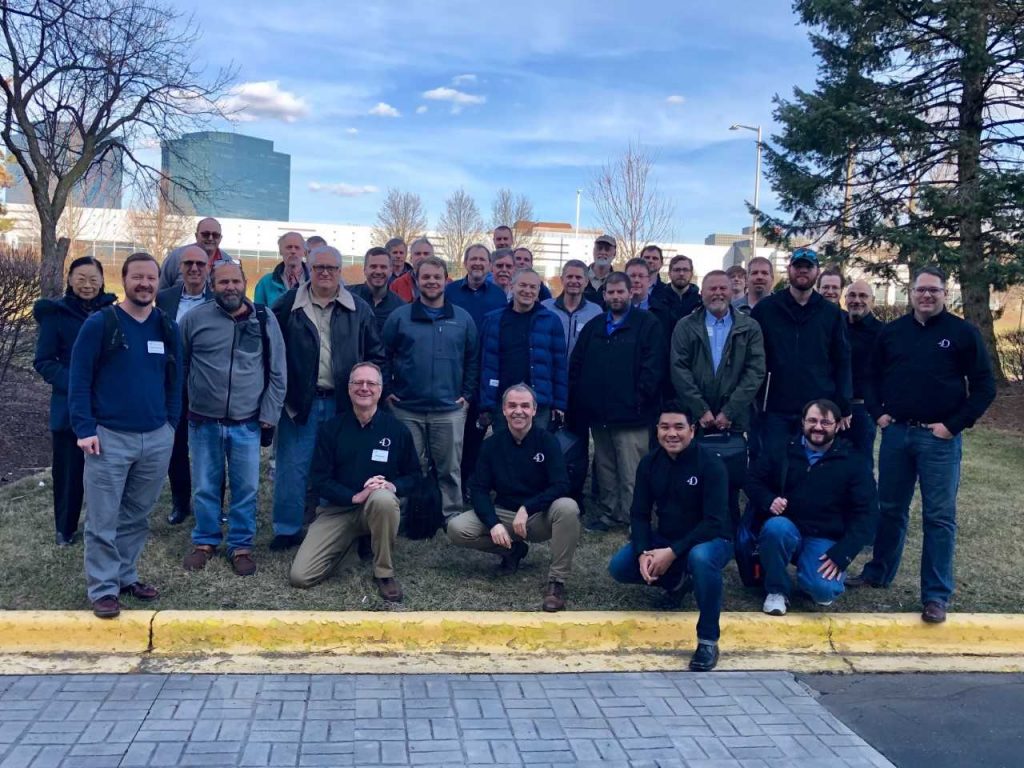Blog post by guest author Kirk Brooks, a 4D developer from San Francisco:
Visiting 44 cities around the world to bring all the latest 4D developments, 4D World Tour 2019 finally arrived in Atlanta on April 8–9th 2019. The two-day event featured sessions and workshops with the 4D team. For me, this was the best World Tour so far . . . and I’ve been to them all!
The first day is free and in previous World Tours, day one was more of a sales pitch and feature overview. Not this time! There were 17 demo databases to highlight and present many of the new capabilities involving ORDA, Form, dynamic forms, and a more refined preview of 4D for iOS. There were a lot of useful elements you can pull right into a project.
A glimpse into the future
4D World Tour is focused on the future of 4D, and that future is ORDA. Actually, it’s more than just ORDA. ORDA is the new, modern direction programming 4D is taking. It’s not everything, though. The change in the way we can work with forms isn’t connected with ORDA per se, but it’s no less a profound change. And a welcome one for me. I really like the form editor, but the ability to create forms dynamically and store their definitions externally in JSON files is a good thing.
The two days at a glance
The first day of 4D World Tour exposes you to many of the new features in 4D and clearly lays out the thinking behind the changes that have been made … and the changes still to come. This alone makes it worth the time and expense to travel to it. The second day is for those of us using 4D professionally. Jean-Pierre Ribreau(JPR) and Add Komoncharoensiri spent time putting together excellent demos and presentations. These demos are the nuts and bolts of effectively working with ORDA and forms. This information is vital to effectively apply new techniques in real-world projects. And once more, there were bits and pieces you can pull right out of a demo and use yourself to do useful things.

My takeaways
I was asked after the event to recount my big takeaways. Here’s what I answered:
- All the time I’ve spent learning to use ORDA has been spot on and well spent.
- This is truly the way forward for 4D.
- Because it’s the way forward, it’s where all the resources are being focused … and they are moving fast!
- It’s super important to grasp the concept of references vs. the way we’ve thought about variables in the past.
I’ve been actively working on educating myself on ORDA and object-oriented programming for the past few months and I really did feel like I was keeping up with JPR right up to the end of day one. The point, though, is how much programming in 4D is changing. 4D classic and backward compatibility is not in danger, but all the new work is being focused on ORDA and its associated technology. Why? Because Laurent Ribardière believes it’s the direction to go and because it’s a modern approach to programming. You can (and probably will) argue with that, but it’s where this train is headed. ORDA is faster to develop with and requires less code to accomplish the same results. It’s also more understandable to folks already accustomed to OOP languages or javaScript.
After all is said and done
ORDA is where the focus is. If you’re looking at having your application running and being updated in the future, or your application is critical to a business, or you’re intending to hire programmers to work on your application, or looking at 4D as a rapid development platform (as it used to be classified), then get to 4D World Tour and be willing to learn because once you get going with ORDA, 4D is really fun to program again.

